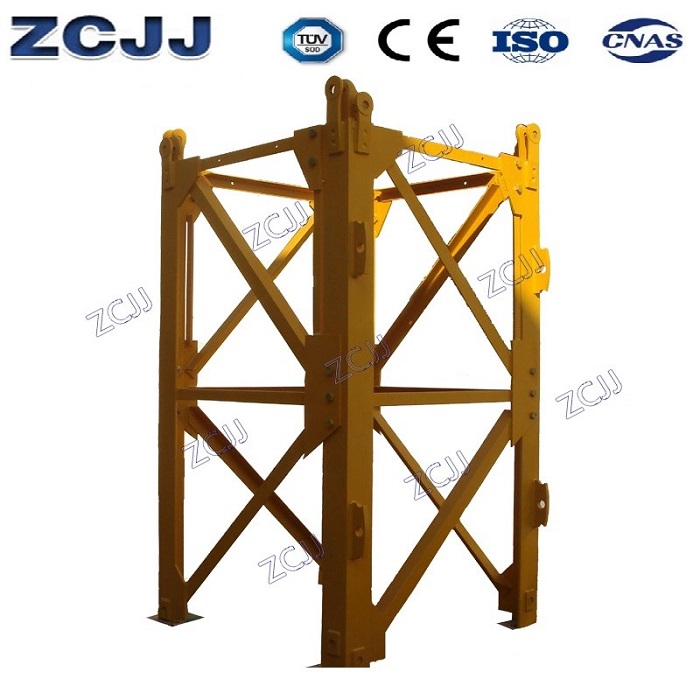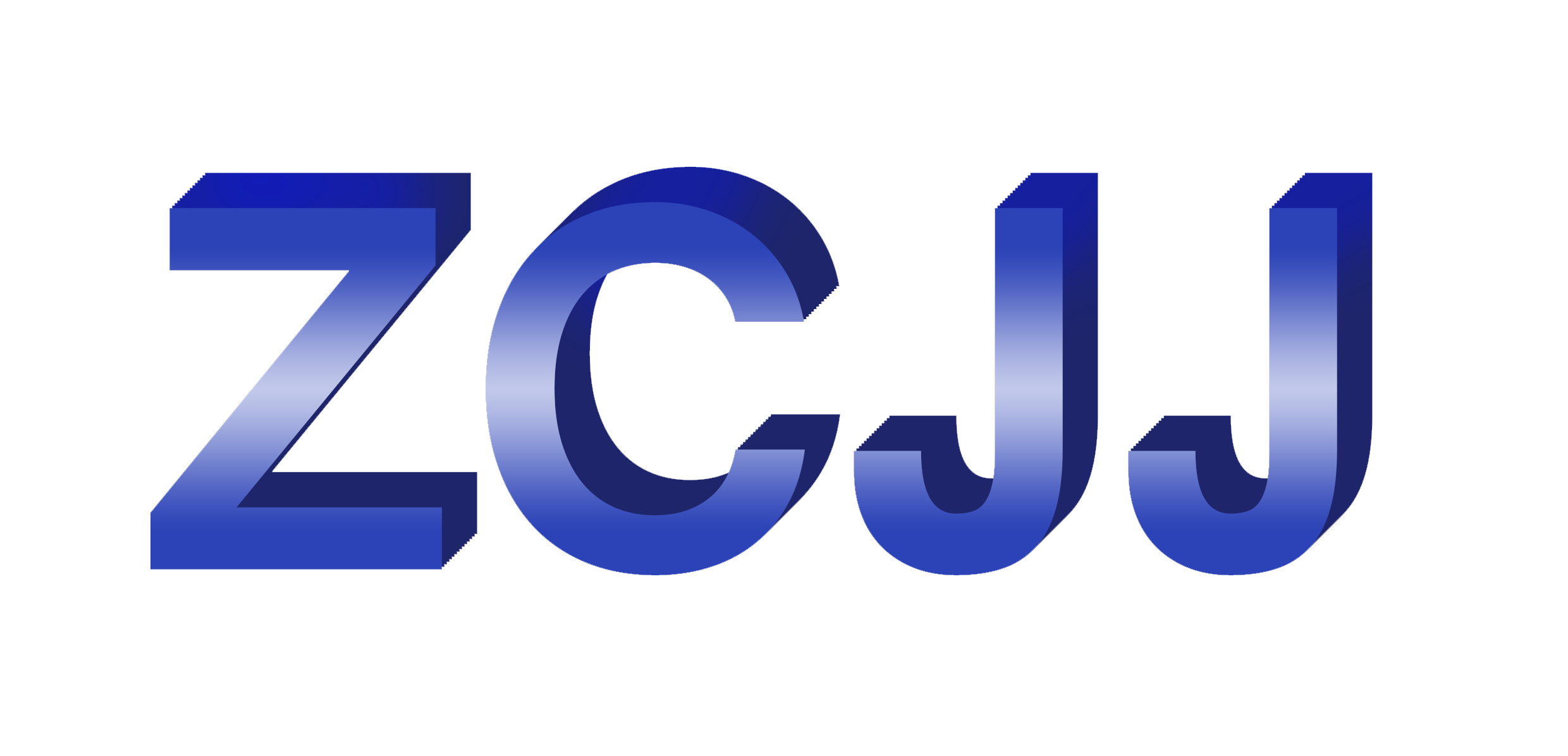L48A1 Mast Section What are the safety requirements and precautions for tower crane operation?
afety requirements for tower crane operation
L48A1 Mast Section:
http://www.towercranesupply.com/product/l48a1-mast-section-for-tower-crane-masts

1. The tower crane driver and signal personnel must be specially trained, and the relevant department shall issue the certificate of qualification, and pay attention to whether the model of the tower crane learned by the driver is consistent with the actual tower type. (model introduction of tower crane)
2. Implement the system of specially assigned person to manage the captain's responsibility, and strictly implement the shift handover system.
3. The newly installed or overhauled tower crane must be commissioned according to the instructions.
4. The tower crane shall keep a safe distance from the overhead transmission line.
5. The cab of tower crane shall be equipped with applicable fire-fighting equipment.
Safety precautions for tower crane operation
1. When lifting heavy objects for the first time, do not lift them to the required height immediately after lifting. The trial lifting shall be carried out first to slowly lift the hook so as to reduce the inertia force when the weight is about 50cm away from the ground, and then the lifting can be continued after a pause and no problem is found.
2. When the steel wire rope sling is hung and the lifting hook steel wire rope is tightened, the operator shall immediately keep away from the hoisted object and shall not stand under the boom. Prevent the falling of heavy objects and the falling of boom from hurting people.
3. The driver can ring the bell before starting the operation after getting the clear signal from the commander. If the signal is unclear, do not operate at will.
4. It is generally stipulated that each shift of tower crane shall have two drivers, one for operation and the other for ground supervision to avoid accidents due to improper command.
L48A1 Mast Section:
http://www.towercranesupply.com/product/l48a1-mast-section-for-tower-crane-masts

5. Before lifting heavy objects, make sure that the real weight of the heavy objects does not exceed the specified load and do not overload.
6. It is not allowed to lift the buried and frozen objects, or overload accident will occur due to unclear weight.
7. It is not allowed to lift heavy objects obliquely to avoid instability of tower crane.
8. When the boom changes its elevation angle, it must change its amplitude without load, and other actions cannot be done at the same time.
9. It is forbidden to make fast rotation because too fast rotation speed will cause difficulty in positioning the first component, and the second is too large for the tower body torque, and the third is too large for the centrifugal force, which is easy to cause danger.
10. Keep a safe distance when two tower cranes are working on the same track. According to gb5144-85 safety code for tower crane of buildings, "the minimum erection distance between two cranes shall ensure that there is at least 2m distance between the boom end of the crane at the low position and the tower body of another crane. In any case, the vertical clearance between the crane at the high position and the crane at the low position shall not be less than 2m". The boom ends of two tower cranes of the same height shall be more than 4m. When two tower cranes are working at the same time, the distance between them shall not be less than 2m.
11. When the tower crane traveling on the track is in a 90 ° bend, it is forbidden to lift heavy objects. When the four supporting points travel along the curve track, the lateral displacement of the traveling wheel caused by the different curvature of the inner and outer tracks is far greater than the normal clearance between the wheel rim of the traveling wheel and the rail. The larger the radius related to the turning radius, the smaller the displacement.
L48A1 Mast Section:
http://www.towercranesupply.com/product/l48a1-mast-section-for-tower-crane-masts

12. In case of severe weather such as strong wind during operation, stop the operation and lift the hook to clamp the track clamp. When the wind force reaches more than ten levels, the hook falls down to catch the track and draws four steel wire ropes on the tower structure frame to fix on the nearby buildings.




